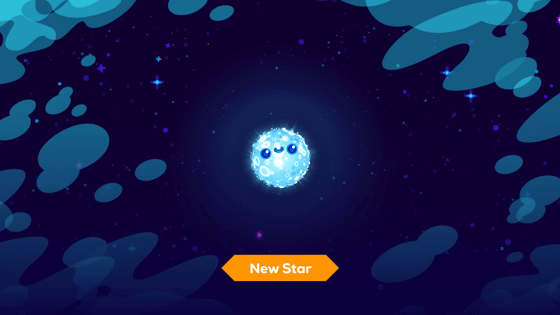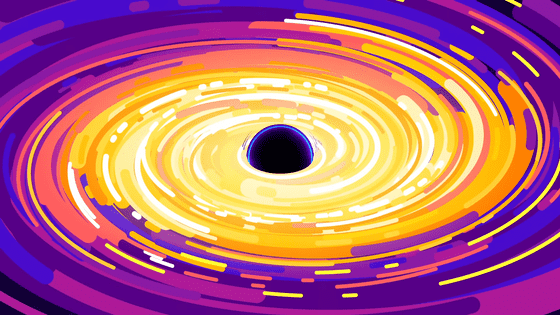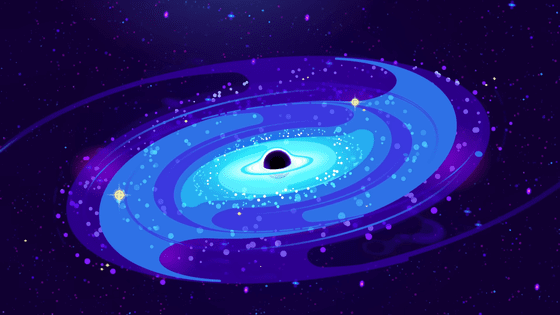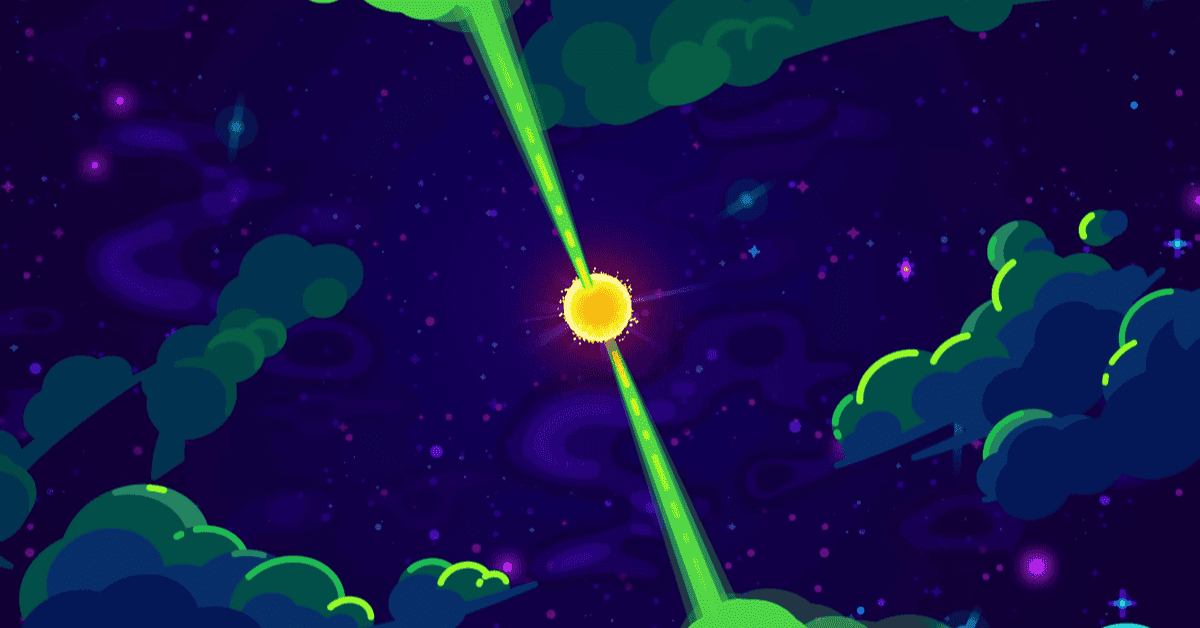Imagine the biggest stars that ever existed.
They were brighter than whole galaxies and larger than any star we know today.
The most special thing about them was that they had a black hole at their core, which kept growing by consuming lots and lots of matter.
Table of Contents
How do Black Hole Stars Challenge Our Knowledge?

These stars take what we know about black holes to a whole new level, challenging our understanding of how stars are formed and grow.
They could only exist during a brief period in the early universe.
If they did exist, they could solve one of the biggest puzzles in cosmology.
The Size of Black Hole Stars
Today’s most massive stars have about 300 times the mass of our Sun.
Black hole stars, on the other hand, had up to 10 million times the mass of the Sun, made mostly of hydrogen.
They were about 800,000 times wider than our Sun and 380 times bigger than the largest star we know today.

Birth of Black Hole Stars

Typically, stars are formed from huge clouds made up of millions of solar masses of hydrogen.
As these clouds get denser, they start attracting more matter, eventually creating enough heat and pressure to start fusion reactions and a new star is born.
However, the energy released from fusion blows away the surrounding gas cloud, limiting the star’s size.
Black hole stars, though, were different.
A few hundred million years after the Big Bang, when the universe was much smaller and hotter, massive structures known as Dark Matter Halos formed.
Which pulled in unimaginable amounts of hydrogen gas, leading to the creation of extremely massive stars.

The Uniqueness of Black Hole Stars
Black hole stars were unique because they were forced to grow bigger and bigger due to the massive amounts of gas continuously being piled onto them.
Eventually, they would become so massive and hot that their core would collapse into a black hole.
However, even after this, the star would survive and the black hole at its core would continue to grow, consuming more and more matter.
The Black Hole within a Black Hole Star
The black hole within a black hole star was different from other black holes.
It had an accretion disc – a ring of gas that orbits the black hole at nearly the speed of light.

The huge pressure surrounding the black hole pushed matter directly into it, allowing it to consume more rapidly than a regular black hole.
This process generated so much energy that it
- created more radiation pressure than any star core ever could
- maintaining a delicate balance between the inward push of millions of solar masses
- the outward push of the black hole’s intense radiation.
The End of Black Hole Stars

After a few million years, the black hole star would expand so much that it became over 30 times wider than our solar system.
The magnetic fields at its core would shoot out jets of plasma into space, making it a cosmic beacon.
Eventually, though, the star would be destroyed by the black hole at its core, leaving behind a black hole with the mass of one hundred thousand suns.
Black Hole Stars and Supermassive Black Holes
Black hole stars could explain one of the greatest mysteries of the universe: the supermassive black holes at the center of galaxies.
These black holes are so big that they shouldn’t be possible based on what we know about regular black hole formation and growth.
However, if black hole stars existed and the black holes that emerged from them were thousands of solar masses, then they could be the seeds for supermassive black holes.

The Search for Black Hole Stars
We may soon be able to verify the past existence of black hole stars.
The James Webb Space Telescope is exploring the farthest reaches of the universe, looking back in time to the early universe.
With some luck, we might be able to catch glimpses of these cosmic giants between their formation and destruction.
SOURCE
To access relevant information, check out the following blogs:
- Kangaroo Math Blog for Mathematics
- Kancil Science Blog for Science
- Beaver Computational Thinking Blog for Computer Science
- Kijang Economy Blog for Economics





